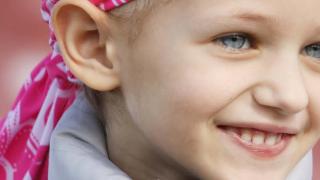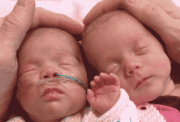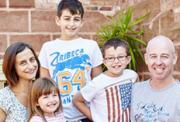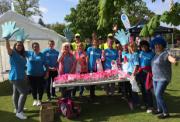Current research
We are not currently funding any research projects relating to this condition
Ways to support our work
Make a Donation
Your donation to Action Medical Research can help save and change children's lives.
Take on a challenge
Take part in a charity event supporting Action, whatever your ambitions, sporting abilities or location.
Give in your will
Your gift could help find the answers that will change the world for future generations of children.
Volunteer
Volunteers are the heart of everything we do. Your support in key roles can make a big impact, find out how you can get involved.







